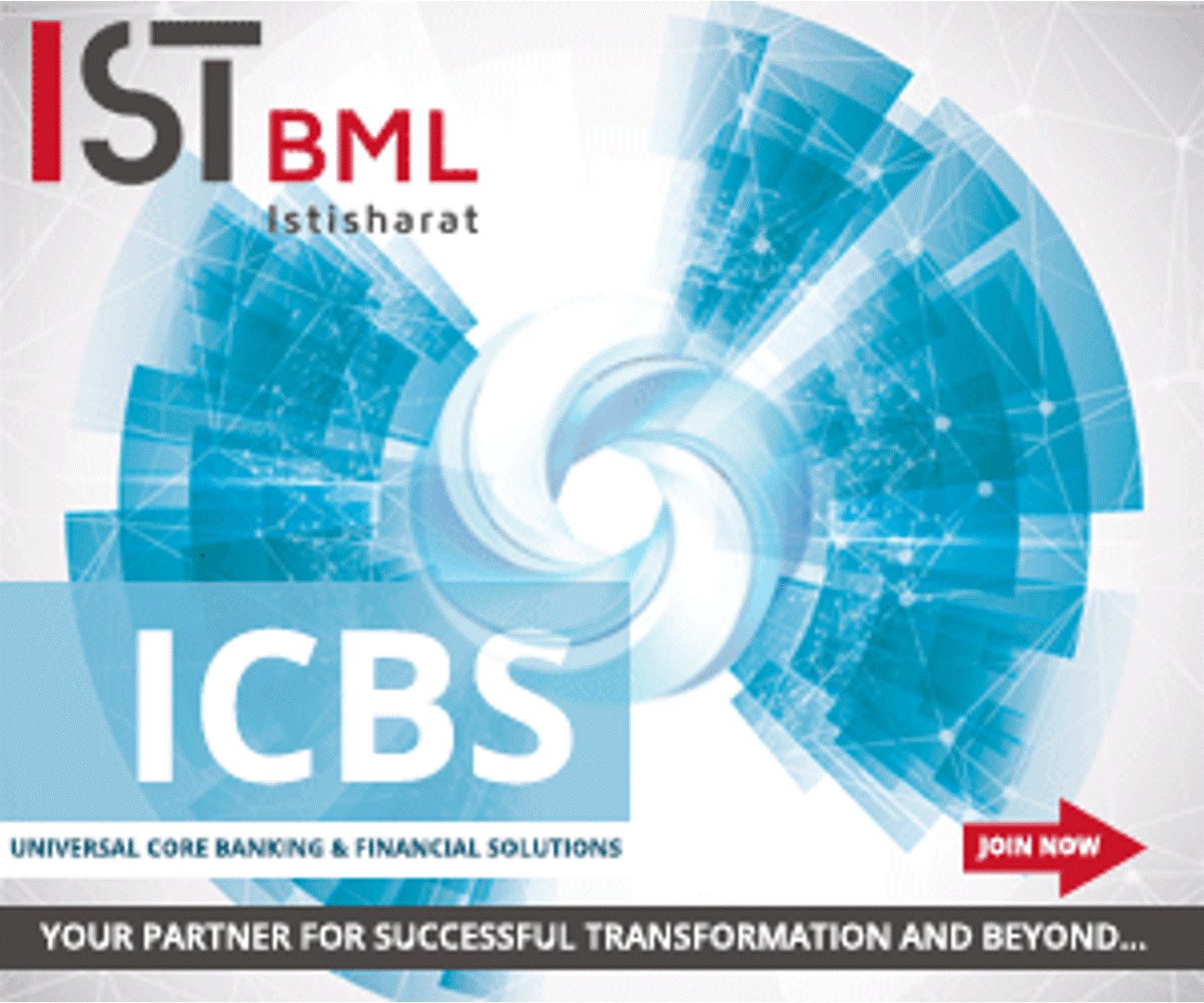 Back
Back
What wearable technology can do to improve contactless payments
By Puja Sharma
 Payments consultancy Consult Hyperion, has published a whitepaper that outlines the huge potential of wearable tech as a tool to securely authenticate consumers, and create much smoother contactless payment journeys in a fast-growing range of locations.
Payments consultancy Consult Hyperion, has published a whitepaper that outlines the huge potential of wearable tech as a tool to securely authenticate consumers, and create much smoother contactless payment journeys in a fast-growing range of locations.
The whitepaper, ‘Authenticating Passive Wearables’, explains that with the PSD2 regulation mandating Strong Customer Authentication (SCA) on all payer-initiated electronic payments in the European Union, issuers now have a unique opportunity to simplify and speed up customer authentication using wearables. SCA requires the payer, or wearable user in this case, to use two factors out of three to authenticate themselves:
- Something they know, like a passcode
- Something they possess, like a smartphone
- Something inherent to them, like a biometric
The introduction of SCA raised concerns about more friction being added to the user’s payment journey, affecting the convenience and simplicity of the wearable experience. But crucially, the whitepaper makes it clear that supporting SCA on wearables is no harder than supporting SCA on Apple Pay.
Previously, the issuance of payment-enabled wearables had been viewed as a difficult process, but today with payment network tokenisation and device personalisation performed by the consumer using their mobile phone, passive wearables are a scalable solution banks can deploy to their consumers. Unlike active wearable items that depend on battery life to operate, like smartwatches, passive wearable items don’t require a battery, extending their usefulness and ability to be used in a wide range of locations. DIGISEQ’s tech means any passive form factor – a bracelet, ring, or even shirt cuffs – can be inserted with a chip and instantly transformed into a secure contactless payment device.
Furthermore, the whitepaper also details the straightforward steps issuers can take to easily support SCA on wearables, which are already part of the process for introducing tokenised cards on mobile phones. The whitepaper also includes important details on the differences between online PIN and offline PIN verification, cumulative contactless transaction limits, how issuers can benefit from delegating SCA to third parties on their behalf, and a checklist of frequently asked questions regarding SCA and various forms of device and user authentication.
Commenting on the findings of the whitepaper, Colin Tanner, Co-Founder and CTO of DIGISEQ, said, “The introduction of SCA in the European Economic Area and the UK has given rise to concerns that the need for users to authenticate themselves makes the user experience for wearables much less attractive. Understandably issuers may be concerned that any investment in wearables may be affected by a poor SCA experience. Hopefully, our whitepaper with Consult Hyperion will not only allay those concerns but also pinpoint new opportunities for issuers to extend the convenience of contactless payment beyond cards and phones and drive more transactions across users’ daily lives.
“Fortunately, a well-designed wearable solution that meets the requirements for SCA will provide users with the convenience of contactless payments plus the security associated with authentication. Even better, it should strengthen the business case for issuers as the potential exposure to fraud and theft of wearables is significantly lower than for mobile payments. Wearables are harder to steal, and due to the physical separation of the payment device from the management device, more difficult to exploit beyond SCA limits.”
With a market value of $171.38bn expected by 2032 and a projected growth of more than $150bn over the next 10 years, the publication of the whitepaper comes at an exciting time for wearables as they break into the mainstream market. With consumer brands seeking to deepen connections to their customers and incentivise more transactions, DIGISEQ’s pioneering technology offers consumers even more choice and greater convenience in how and where they can pay and provides invaluable opportunities to strengthen customer loyalty through targeted marketing insights and real-time transaction tracking.
“The past two years have been an incredibly exciting time for DIGISEQ, with our technology having been employed to great effect by globally recognised names, including the world-renowned Roland-Garros tennis tournament, designer Philippe Starck, Spanish LaLiga giants, Real Betis and payment app Curve,” Tanner adds. “Our contactless payment solution enables payments to be made securely through a wide range of unique and stylish wearables readily available on the market.
“The flexibility of our mobile personalisation technology creates countless opportunities for issuers and other businesses to provide truly interactive and immersive experiences and deeper consumer interaction. Just by tapping their wearable item against their NFC smartphone, users can receive instant offers and incentives, check their account balances, and much more. This delivers huge benefits to brands looking to interact more frequently with their clients, and also streamline costs and incentivise more daily transactions.”
IBSi FinTech Journal

- Most trusted FinTech journal since 1991
- Digital monthly issue
- 60+ pages of research, analysis, interviews, opinions, and rankings
- Global coverage
Other Related News
Related Reports

Sales League Table Report 2025
Know More
Global Digital Banking Vendor & Landscape Report Q2 2025
Know More
NextGen WealthTech: The Trends To Shape The Future Q4 2023
Know More
Intelligent Document Processing in Financial Services Q2 2025
Know More


